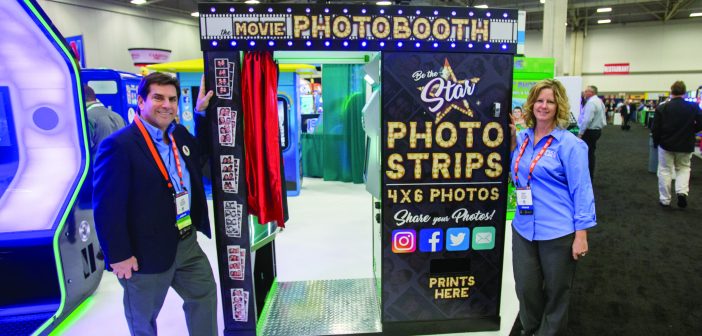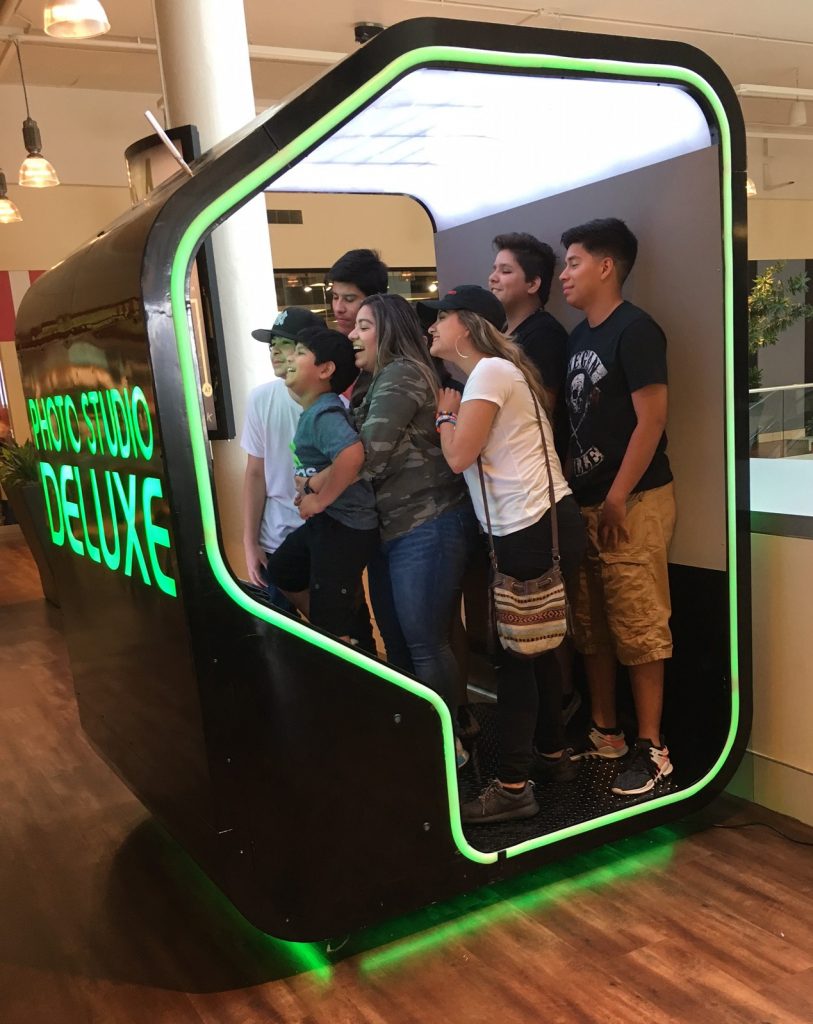
Apple’s Face Place Photo Studio Deluxe in a mall location.
It’s Photography First At Apple
Art and Science Combine for Magic Moments in Today’s Face Place
In our increasingly visual world, an estimated 1.3 trillion digital pictures are taken every year, with a growing horde of appliances and technology being outfitted with sensors and an aperture. In everything from the smartphones in our pockets to refrigerators to our cars, it’s becoming taken for granted that you’ll be able to immortalize a moment.
By that logic, one might think photo booths, which once offered a rarity to the masses, would be less popular, but Apple Industries’ sales numbers, numerous operators’ cashboxes and company CEO Allen Weisberg would all disagree.
“The world falls more deeply in love with photography every year,” said Weisberg. “People take more photos than they took the year before, and at Apple, our photo sales keep climbing too.”
Weisberg says millions of photos are taken each year from within Apple Face Place photo booths, where customers still feel the novel fun of jamming friends into a booth or the warmth of cuddling with someone significant and saying, “Cheese!” He says at least four generations in this country have enjoyed such fun, making photo booths attractive to every demographic.
“When a grandmother walks by a booth, she has memories, and knows the photo she takes with her grandkid will be around long after she’s gone,” Weisberg said.
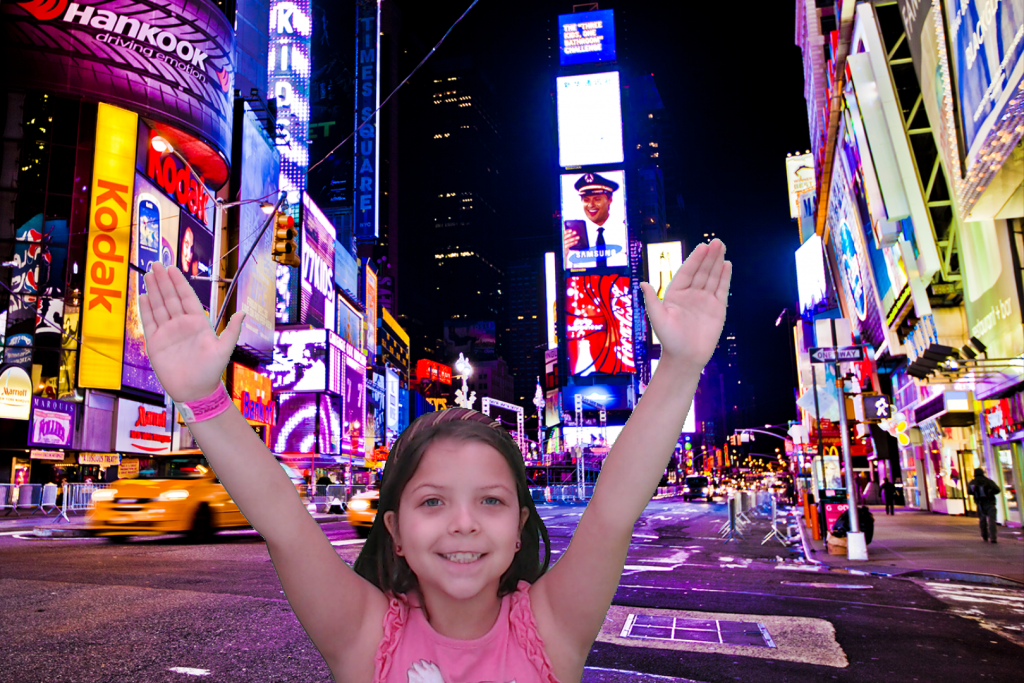
An image featuring a happy girl taken in Apple’s Photo Studio Deluxe
According to the company, Face Place photo booths bring in from $200 to $500 per week (sometimes even up to $1,000 in a good location), and oftentimes pay for themselves within a year. For many operators in the U.S., Apple says they’ve become as integral to revenue as ATMs, redemption, darts and jukeboxes.
The team at Apple Industries believes the inundation of digital photography throughout the world has made booths increasingly relevant. Apple Industries Kris Link put it simply, “No one prints anymore.” So, having a tangible photograph –– and one with the painstaking attention to the art of photography Apple Industries says it has pursued –– gives customers a sense of value and meaning that can’t be replicated on a screen.
The Art and Science of Great Pictures
According to Apple COO Scott Avery, “superior photos are the key to superior revenues” and it’s a complex task –– both an art and a science –– to take a “perfect” photo inside the photo booth.
Lighting, filtering, color, film speed, focus, depth of field, F-stops, lens quality, paper quality, printing quality, and two dozen other technical issues make the difference between beautiful and bland. Though many see the process as simple, that perfect shot has confounded and eluded generations of photographers much more dedicated to the craft than a teen with a selfie stick is today.
 The company has worked for decades to engineer computer-controlled cameras and calibrated software reliable enough to handle everyday route risks. The booths themselves are even made of cold tempered steel.
The company has worked for decades to engineer computer-controlled cameras and calibrated software reliable enough to handle everyday route risks. The booths themselves are even made of cold tempered steel.
“We are delighted to say that 99 percent of the machines we rolled out 15 years ago are still on location, and still earning for operators,” Avery said. “Just as important, they still look beautiful and have superb structural integrity –– because every Face Place photo booth is built like a battleship!”
All this combined, Weisberg quips, often leaves customers “looking even better than they do in real life!” That encourages customers to upload it to social media (and leave a few more bucks in the operator’s pocket if they do it from the booth) and brings more customers behind the curtain.
At Apple, the connection between a great-looking photo and a great-looking cash box is easy to see. High-quality images drive consumers to buy extra prints and pay upsell prices for social media sharing. But the company also has a unique business model which allows them to continue pumping out performance updates, new licensed content and radical ideas such as the company’s Share in Times Square feature (more on that later.) These updates are free, and possible only because Face Place booths must use the company’s exclusive printing supplies as well.
“Apple’s ongoing software and hardware improvements continually enable Face Place’s Smile 2.0 platform to extract and process more of the information from the digital data that is already captured by the camera,” said Avery. “The benefit is a sharper, cleaner photo with even less grain, even more detail and finer definition.”
But computers don’t make all the decisions. Operators have the option to remotely control key features of Face Place camera deployment such as contrast, color saturation and brightness. Camera aiming (pan and zoom) can also be remotely programmed by the operator, enabling each booth to be set for children or adult subjects as needed.
Creating “Magic Moments”
 Today, anyone can snap great pictures with a high-end mobile phone. But, as previously stated, photo booths are about much more than just a digital image. Generations of families and friends have shared in special moments inside of booths, and today’s are entirely different than those that wooed customers in the past.
Today, anyone can snap great pictures with a high-end mobile phone. But, as previously stated, photo booths are about much more than just a digital image. Generations of families and friends have shared in special moments inside of booths, and today’s are entirely different than those that wooed customers in the past.
In an Apple Industries’ booth, people can shoot digital video with 3D special effects, put themselves in popular movies, pose with celebrities and more. One of the company’s newest features, product fulfillment, makes for even more opportunities for upsell, and more opportunities for moments to be made.
“People can order ‘photo-personalized’ physical merchandise on the spot,” Avery said. “Pick your favorite photos and push a button. We’ll put your photos on keychains, coffee mugs, t-shirts and other goodies for you. You pay with your credit card. Your items are custom-manufactured and drop-shipped to your designated address in a couple of days.”
The company puts those photos onto coffee mugs, keychains, t-shirts and a variety of other products, custom-manufactures them and sends them to the customer’s door. These products command an extra charge that can go as high as $5, $7 or in some locations, $10.
“The 21st century, digitally-networked photo booth stopped being an experimental venture some while ago,” declared Weisberg. “It’s now a proven winner…a well-established equipment category in its own right, with equal standing alongside jukeboxes, pool tables and video games.”
These booths go beyond just offering customers features, though. Operators have access to a suite of tools dedicated to maximizing revenue and tracking data. Each machine can automatically send status reports on a schedule, and multiple upsell features offer the chance to collect data from customers that can later be used as a marketing tool.
“Our network enables Face Place photo booths to do automatic remarketing,” Avery explained. “Our digital touchscreen automatically captures the customer’s email address. Weeks or months after their last visit, the booth sends out follow-up messages. “All of this tempts them to come back to favorite locations and do it all over again with our latest content.”
New Licenses, Booths and More
The greatest special effects in the world don’t make a good movie unless you have a big star, big co-stars and a great script. Face Place echoes that with a photographic focus, cutting edge technology and a growing library of licenses at their disposal. The star, of course, is the customer snapping a photo in the booth with friends or family. The co-stars (thanks to exclusive licensing) range from Major League Baseball athletes to iconic personalities like Elvis, the Three Stooges, Austin Powers, and the rock band KISS.

A look at some of the fun you can have taking a photo in an Apple Face Place machine thanks to the company’s 3 Stooges license.
More stars are on the way, the company promises. Apple has inked deals with four top global movie studios –– including Sony and Warner Bros. –– to release a series of famous film characters and franchise brands to Face Place photo booths each year. (Though execs were not allowed to comment on which new licenses were coming and when, one company “superhero” told RePlay her initials are W.W.)
The company isn’t only bringing films into their booths, but also bringing their booths into theaters. Apple released a movie-themed photo booth last year that will feature content from current films. They also have a contract with Regal Theaters and a national operator program that allows them to connect theaters with local operators.
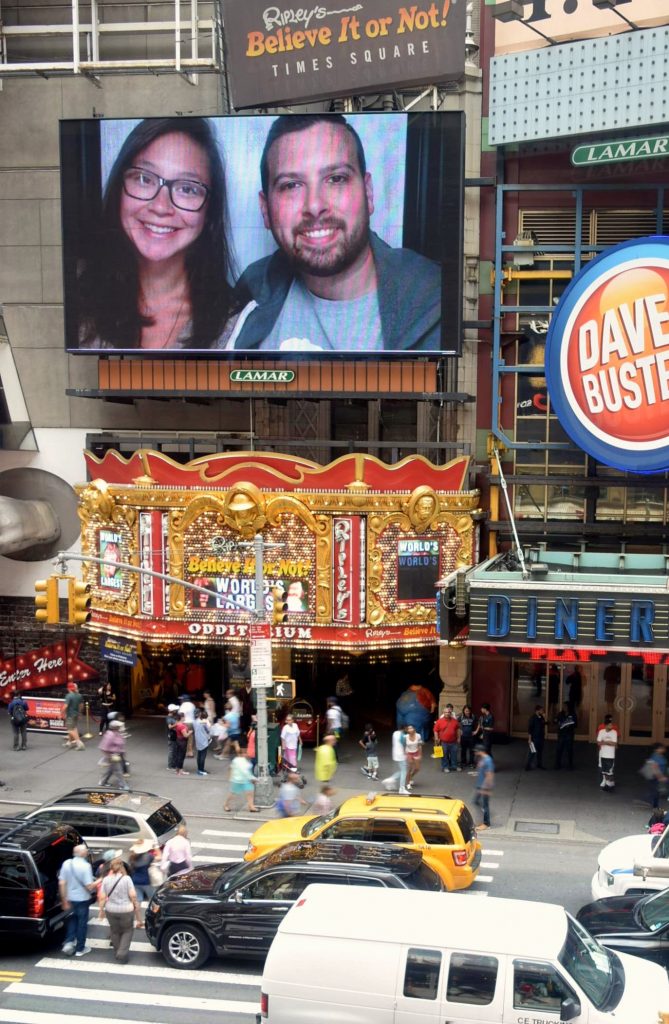
A customer’s image on the big screen using the Share in Times Square feature.
Other innovations have included the Photo Studio Deluxe and the Share in Times Square feature. Insiders call the Deluxe a “movie studio on location” and the machine itself looks like a piece of art. The massive, curtain-less, group-friendly photo booth dispells the long-held belief that customers need privacy to make special moments. Instead, a complex system of lighting, surround sound and guidance leaves customers at ease while giving spectators a chance to get in on the fun.
With Deluxe, up to eight people can comfortably fit inside the booth at once. They can take group photos, or opt for a group adventure where they are guided through the scenario of their choice, creating a mini-movie on the spot.
Also generating star power for the company is the new Share in Times Square feature, available now on any networked Face Place 2.0 booth. This free upgrade offers an extraordinary upsell to customers, allowing for their photo to be beamed onto a billboard in Times Square, and gives them a “picture of their picture” to share.
“We live in New York, so Times Square is a natural for us,” Weisberg said. “It’s one of the top tourist destinations in the world, and a lot of our international customers especially have shown interest.”
Apple is now upgrading Face Place booths with interior and exterior attract screens, with a growing number of cabinets including a large LCD monitor outside the booth for promotion. The company says it’s also put its website through extensive upgrades to include a growing number of tools and resources for operators and customers alike. Additionally, they’re working on a mobile app so customers can get more fun and value from their experience.
“Apple did not become the world’s leading photo booth by copying its competitors or resting on its laurels,” said Weisberg. “Our designers and engineers are relentless innovators, constantly improving their product to make sure Face Place is the best product on the market.”
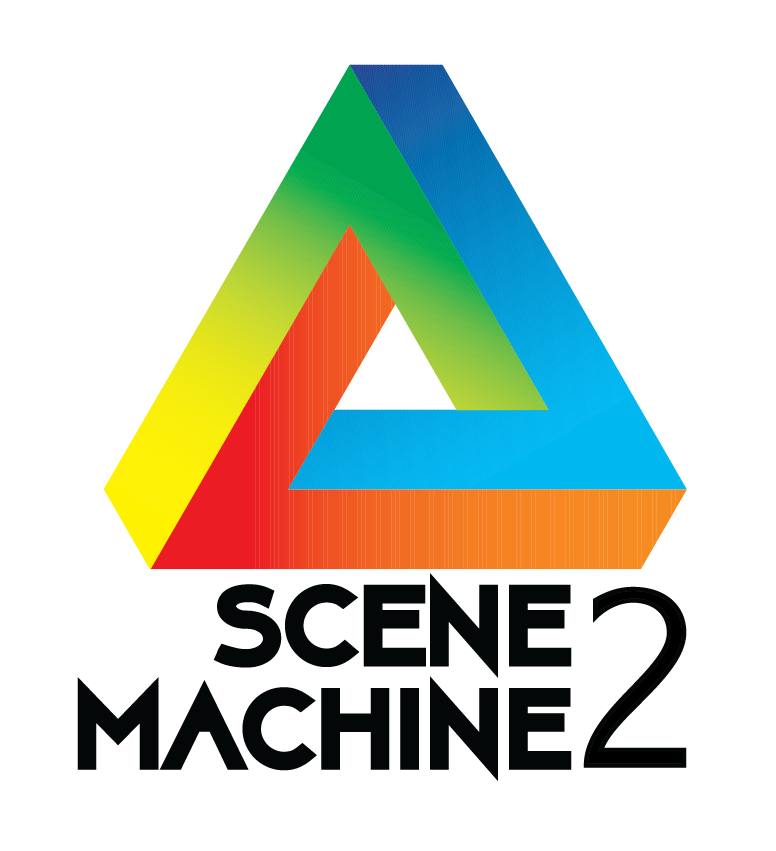 Talks in the firm’s R&D department are wild and forward thinking, Weisberg said, adding that Apple was at the forefront of facial recognition software and has even experimented with 3D printing photo booths (though execs say the current slow printing process makes it unviable right now).
Talks in the firm’s R&D department are wild and forward thinking, Weisberg said, adding that Apple was at the forefront of facial recognition software and has even experimented with 3D printing photo booths (though execs say the current slow printing process makes it unviable right now).
On top of all this, Weisberg says he and his team makes every operator they work with a three-pronged pledge:
“First, we promise that Face Place booths will keep breaking new ground and offering new content. Second, that Face Place will continually attract millions of consumers every year. And third, we promise that all those Face Place customers will keep taking more pictures, shooting more videos, buying more custom merchandise and sharing more digital memories with friends and family,” Weisberg concluded.
Looking toward the future, the company has big plans, and though Weisberg couldn’t go into detail, he hinted that within the next few years his two-tiered company will add another brand on top of Face Place.
“Our future is planned and thought out 10 years in advance,” Weisberg concluded. “There are some totally different things coming out, and new products that will be under a different brand.”

